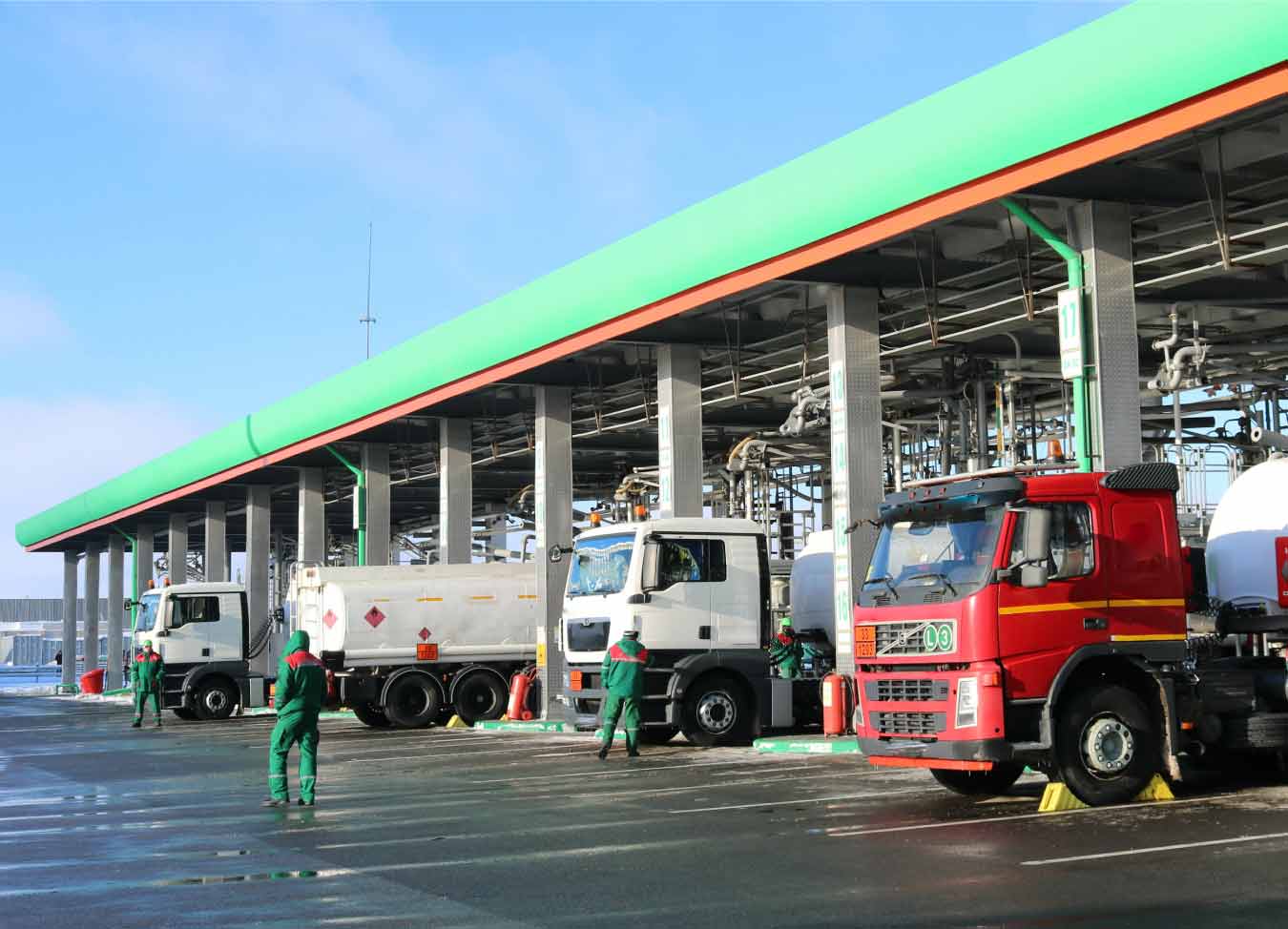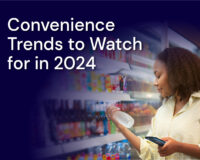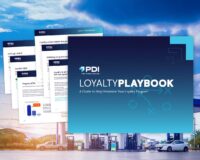
Fuel operators face all kinds of new challenge today due to lack of time, resources, automation and tools needed to deliver on-demand insights and provide visibility to make sound decisions that have major impact on a business’ bottom line. If we shine a spotlight on one area, Terminal Automation Management, we will uncover a whole bunch of possible problems and challenges that currently exist, including that many companies are still using an antiquated paper and pen-based system to document delivery tickets or bill of ladings (BOLs).
Some parts of the world are making strides in this space faster than others. Europe, for example, is much farther ahead than the U.S. and is leading the way in integrating both logistics and Terminal Automation Systems at the pump. They are addressing several challenges and problems that the rest of the world is yet to solve by implementing integrated systems.
Some of these issues can include:
- Low visibility into supply issues
- Potential allocation or loading issues are often not discovered until the driver is at the rack
- Drivers often resort to loading products on wrong accounts
- Customer orders are not present on BOLs making it more difficult to perform fuel reconciliation
And, this is just touching the tip of the iceberg. Digital technologies can improve productivity and efficiency, help monitor, control and manage the entire fuel delivery process, from order management, to dispatch, loading, delivery, and fuel reconciliation. It can provide drivers with access to real-time data and information.
So why is Europe so far ahead of the U.S and what can America learn from overseas?
European regulators have been pushing for better transparency as fuel crosses borders in EU countries. First, fuel sales are an important contribution to tax revenues, and a shift in rates, deliveries or sales across the border could lead to significant changes in tax receipts arising from cross-border sales. Second, European climate policy makes each country take responsibility for the greenhouse gas emissions from fuels sold to retail customers within its borders, regardless of where the fuel is ultimately used or whether the user resides in that country.
For these reasons, regulators across Europe have been pushing for better transparency and visibility that only technology can help solve. As orders are placed for fuel, European regulators have clearly stated that they want to know where carriers are originating. They want to know if the carriers are operating in one country and delivering fuel to another. And it is important to know what amount of fuel is being moved across border. Europe has been largely forced on this issue from a regulatory standpoint, and they have many geographical issues that the U.S. or Canada don’t have. Although North America doesn’t have any regulatory concerns at this time, that doesn’t mean that they can’t learn from and model European best practices and overall operations.
Let’s look at the top four benefits that Europe has seen from implementing TAS and logistics and other advanced technologies.
- Accurate Transactions: When taking on a load of fuel, a driver will receive an accurate BOL that includes an order number with a proper account number. The driver will also have visibility to any potential issues such as allocation, credit issues, product outages or delays. When the driver heads out on the route, the system can then tie all these records together – the order, the BOL, and the delivery ticket — all for an accurate account of the transaction.
- Automated Billing: Sometimes drivers will attempt to load fuel, and when they enter the customer’s account number it doesn’t work. This will cause a driver to often have to leave the rack, call the dispatcher and wait until the issue is resolved. This is not practical because drivers don’t have the time to wait so they sometimes opt to just pull off a wrong account number hoping finance will reconcile it on the backend. This creates a big financial mess, but it happens. TAS could benefit from integrating with existing ERP or logistics systems that can pull order systems and other information that is timely and accurate, allowing a customer’s account number to sync up with the TAS. As the driver shows up to the terminal gate, they can access account numbers and billing information on their tablet.
- Real-time Visibility: Integrated TAS and logistics systems enable dispatchers to plan better to optimize deliveries. When these are integrated the logistic systems allow the operator to have visibility around when and where orders will go on a truck and when they will be delivered.
- Better Delivery Times: Drivers will often show up at a terminal that is overly crowded and busy, because the dispatcher didn’t have visibility to open delivery times, and so multiple trucks are lined up to deliver all at the same time.
When we think about catching up to Europe and making substantial changes across North American fuel delivery, technology is clearly the answer. Integrating TAS with other backend technologies and creating the same standards for systems such as ERP, logistics and carriers will help avoid disconnected data or access to no data at all. This will enable operations to become more efficient, more secure, more transparent, and more predictable – allowing drivers and dispatchers to make better overall decisions.
You can thrive in today’s digital economy. Contact us today, to learn how we can help you transform your business.



